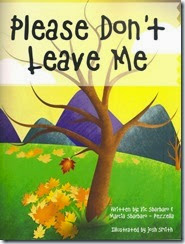
Though his day job enables Ken Young of Paradise to build custom homes, in his first novel he has built an entire realm, populating it with strange creatures and a central mystery that drives the adventure forward to its satisfying conclusion.
With a background in literature, Young has written screenplays, short stories and poetry, and his talents are on full display in “The King’s Frog Hunter” ($15.95 in paperback from North Point Publishing; also for Amazon Kindle). It’s a gripping quest story suitable for early teens and adults as well.
Something is wrong with old King Ahmbin. His mind, twisted by the evil magician Metro, refuses to accept the magnificent statue of himself, carved by the sculptor Veracitas, because what is carved in stone looks too much like the King himself in his aging humanity. Ahmbin rejects the truth. Veracitas is thrown into prison but he escapes under mysterious circumstances.
His daughter, Boschina (“bah-sheen-uh”), reaches out to Thalmus, the mysterious frog hunter to the King, for help in finding her father. In the land of Ameram, frogs are the size of humans, crafty and deadly (though their legs are a delicacy), and Thalmus is legendary in his skill. But he is also the keeper of an ancient prophecy: “When the king’s only child is a woman and the daughter of the stone cutter searches the land….” Boschina had set in motion forces that would change the land forever.
Thalmus is aided by his extraordinary friends: “a great horned owl, a giant shell creature, and a paint stallion.” Hunted by the King’s troops seeking a reward, the companions encounter evil in Rainland, on Table Top—and in a dark tunnel. Thalmus’ words are frightening: “There are powerful, wicked forces in there that can grab hold of you and keep you in darkness if you let them. You must strengthen your thoughts.”
Young excels in describing the landscape (even an odd place called Jarbo Gap). The battles are thrilling, the writing superb.

